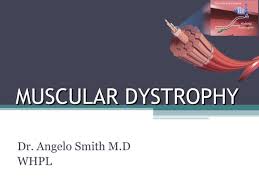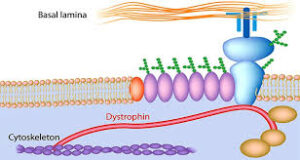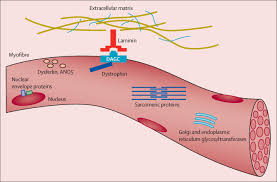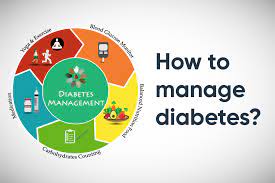Understanding Muscular Dystrophy: Causes, Symptoms, and Types

Introduction:
Muscular Dystrophy is a group of genetic disorders that affect the muscles and result in muscle weakening and loss over time. It is crucial to raise awareness about this debilitating disease, its causes, symptoms, and different types to better understand and support those affected.

Muscular Dystrophy Causes:
Muscular Dystrophy comprises over 30 types, all linked to genetic mutations inherited from one or both parents. In some cases, the child may develop Muscular Dystrophy despite no family history of the disease. This condition can also occur due to non-genetic factors.
Muscles throughout the body can be affected by Muscular Dystrophy, including those near the spine. The onset of Muscular Dystrophy can be in infancy, middle age, or later stages of life.

Most Common Muscular Dystrophy Types:
- Becker Muscular Dystrophy (BMD):
- A milder form, often caused by partially functional dystrophin.
- Duchenne Muscular Dystrophy (DMD):
- The most common childhood form of Muscular Dystrophy, mainly affecting boys.
- Symptoms typically appear when the child starts walking, and without assistance, they may stop walking around age 12 due to a lack of protein genes.
- Distal Muscular Dystrophy:
- Primarily affects the muscles of the extremities, such as hands, feet, and lower limbs.
- The cause is often unknown, and there are eight different types, some of which can be inherited.
- Progression is slow and may not be recognized until around the age of 50 in many cases.
- Emery–Dreifuss Muscular Dystrophy:
- Can manifest from childhood or adolescence.
- Initial symptoms include muscle weakness in the distal limbs, later affecting limb-girdle muscles.
- Some patients may experience cardiac conduction issues, which, if left untreated, can lead to stroke or sudden death.
- Limb-girdle Muscular Dystrophy (LGMD):
- Similar to Facioscapulohumeral Muscular Dystrophy (FSHD) in symptoms.
- Affecting both arms and legs, LGMD is an inherited disease, although the inheritance pattern varies.
- In most cases, LGMD patients can lead normal lives with some assistance, but in severe cases, it may lead to cardiopulmonary complications.
- Myotonic Muscular Dystrophy:
- Characterized by myotonia, a condition involving delayed muscle relaxation.
- Caused by mutations in the DMPK and ZNF9 genes.
- Symptoms may include cataracts, early balding, and infertility.
- Myotonic Muscular Dystrophy has two types: DM1 (Steinert disease) and DM2.
- Oculopharyngeal Muscular Dystrophy (OPMD):
- Typically appears after the age of 40.
- Caused by mutations in the PABPN1 gene.
- Symptoms include eyelid drooping, swallowing difficulties, eye movement muscle weakness, tongue weakening, and proximal limb weakness.
Muscular Dystrophy Symptoms:
Symptoms of Muscular Dystrophy can vary depending on the type and severity, but generally include:
- Poor Balance and Difficulty Walking
- Drooping Eyelids
- Curved Spine or Scoliosis
- Deformed Calves Limiting Movement
- Respiratory Difficulties
- Joint Contractures and Muscle Spasms
- Gower’s Sign (Inability to stand up from squatting position without hand support)
- Muscle Atrophy
- Cardiomyopathy
Conclusion:
Muscular Dystrophy encompasses a group of debilitating diseases with various causes and symptoms. Understanding the types and symptoms is crucial for early diagnosis and proper management of this condition. While there may be no cure, awareness, research, and support can significantly improve the quality of life for those affected by Muscular Dystrophy. It is essential to continue efforts to find effective treatments and, ultimately, a cure for this challenging disease.









